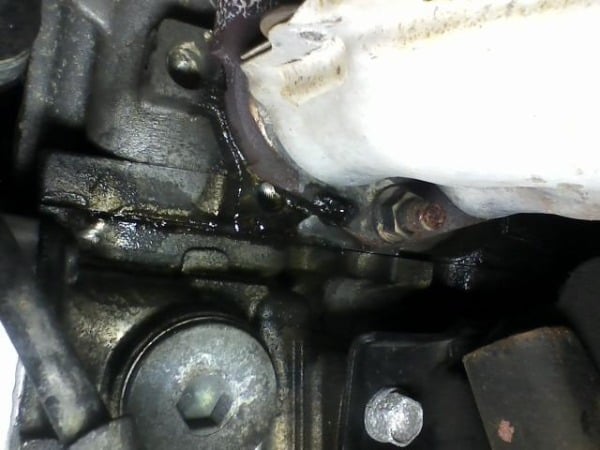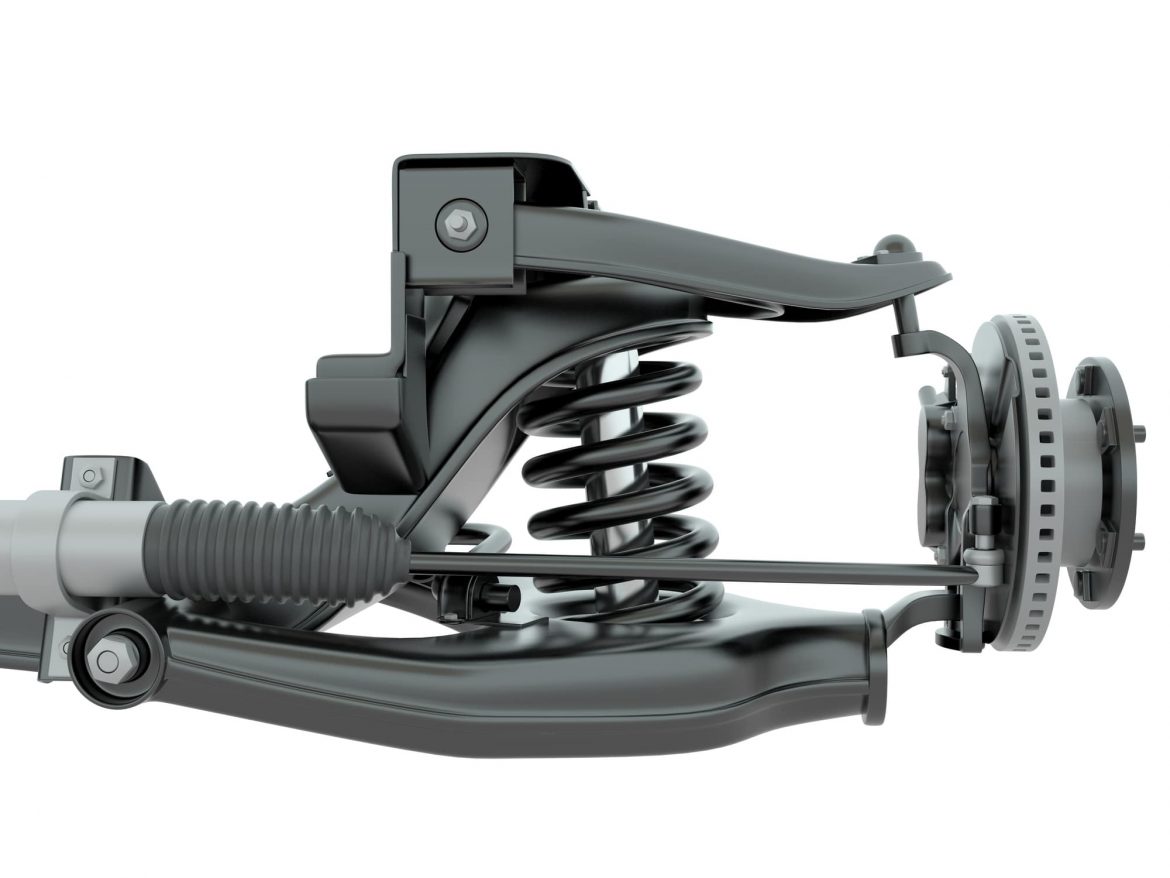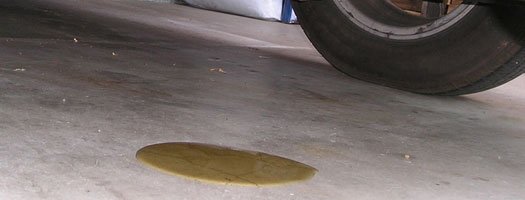Do you have a certain friend who you always ask for help when you find something wrong with your car? One of those guys or girls who seems to be able to identify the noises your car is making, or the fluids it is leaking and help you decide if it’s time to head to the shop? If you don’t, or if that person has led you astray in the past, this blog is for you! Many of the things that go wrong on your vehicle can be fixed, or even prevented with simple tools, a willingness to get some grease on your hands and the know-how. The tools and grease are up to you, but we can help with the know-how (and recommend some great tools)!
What is a car gasket?
This week we’re talking about gaskets. Your vehicle’s engine and drive train have a wide variety of gaskets to help keep oils and fluids where they should be. In order to make maintenance and assembly possible, your vehicle’s drive train is made up of multiple parts screwed, bolted and clipped together. These parts can be made of different metals or plastics and need to be coupled together to form a fluid tight seal. It would be incredibly costly to make all of these parts smooth enough, flat enough and at the proper angles to form a leak tight seal on their own. Think about putting two coffee mugs mouth to mouth and expecting them to form a leak tight seal.
The easy and inexpensive solution is to add a car gasket in between the two pieces you are bolting together that can fill the imperfections in your parts and make a leak tight seal. Gaskets can be made out of many different materials like felt, rubber, neoprene, and even cork or copper. What the gasket is made from depends on the temperatures, pressures and fluids it will be trying to retain.
What are the stages of car gasket failure?

Usually gaskets do not fail completely or catastrophically, but over time develop a larger problem. Mechanics often will refer to gaskets in different stages of failure:
- Weeping: Areas around the gasket are discolored and may have small amounts of deposits. It’s time to come up with a plan on how to fix this problem.
- Seeping: There is a small amount of fluid bypassing the gasket, but not enough to leave spots under the vehicle or cause significant fluid loss. Now would be a good to fix the problem to avoid future problems.
- Leaking: There is a significant amount of fluid bypassing the gasket leaving spots under your vehicle and dropping fluid levels. You should fix the problem immediately to avoid more expensive repairs.
Although gaskets are a very simple solution, over time they will wear out faster than the components they are sealing between. They are constantly in the harsh environment of abrasive or corrosive fluids, temperature fluctuations and vibrations, which will cause leaks over time. This can be caused from the gasket shrinking or changing shape over time.
How do I fix a broken car gasket?

An easy way to return the car gasket to its original shape and size is to use BlueDevil Oil Stop Leak. Adding BlueDevil Oil Stop Leak to the oil in your vehicle will allow it to circulate as you drive. BlueDevil Oil Stop Leak will absorb into the gasket to soften it and return it to its original shape and size sealing the leak as you drive. Use BlueDevil Oil Stop Leak to stop leaks in your engine or in your axles. To seal transmissions and transfer cases, use BlueDevil Transmission Sealer.
Adding BlueDevil Oil Stop Leak or Transmission Sealer to a seeping or even leaking seal can extend the life of the gasket, avoiding costly repairs.
BlueDevil Products can be found on Amazon.com or at AutoZone, Advance Auto Parts, O’Reilly Auto Parts, NAPA, and other major auto parts retailers.
2 responses to "How Do I Replace a Gasket?"
2 Comments
Leave a Reply
Related Articles




I have a 1996 Subaru Outback with an automatic transmission. There is a tiny leak in the fitting where the hose goes into the radiator. Will Blue Devil help with that?
Dan-
Thank you for asking about your Subaru Outback. Unfortunately, BlueDevil would not be able to seal the kind of leak you’ve described. Replacing the fitting would be your best option.
Thank you!
-BDP